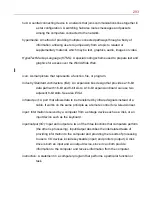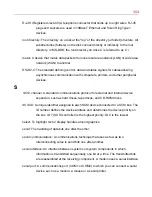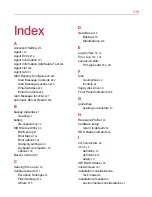
306
system disk: A diskette that contains the operating system files that are needed to start
the computer. Any physical diskette can be formatted as a system disk. A
system disk is also called a bootable disk.
system prompt: In MS-DOS mode, one or more characters that indicate that the
operating system is ready for you to enter a command. You can enter an
operating-system command or start a program from a system prompt.
System Configuration Information file (.SCI): This file allows you to create a backup of
the configuration and store it. You will be able to restore the system
configuration from the .SCI file.
striping: See disk striping.
swap area: An area of hard disk that acts as an extension of RAM. Programs, or parts of
programs, that are in active use but currently in a waiting state can be shifted
to this area (swapped out) so that others can run in RAM. It is a form of virtual
memory. Also called a swap file.
T
terminate-and-stay-resident (TSR): A type of program, also called memory resident, that
stays in memory even when you aren’t using it.
terminator: A hardware item that must be installed in the last device connected to a bus
to control noise and prevent the signal from oscillating.
token ring: A type of LAN that uses the token-passing access method with a ring
topology.
tracks: One of several concentric rings on a diskette or hard disk that defines a distinct
area of data storage. Tracks are encoded on the disk during formatting.
Summary of Contents for 3200
Page 1: ... ...
Page 309: ...309 ...







































